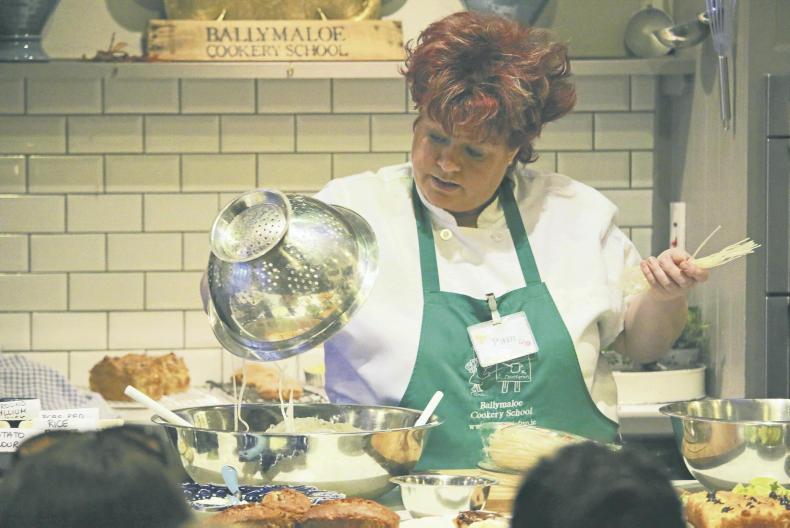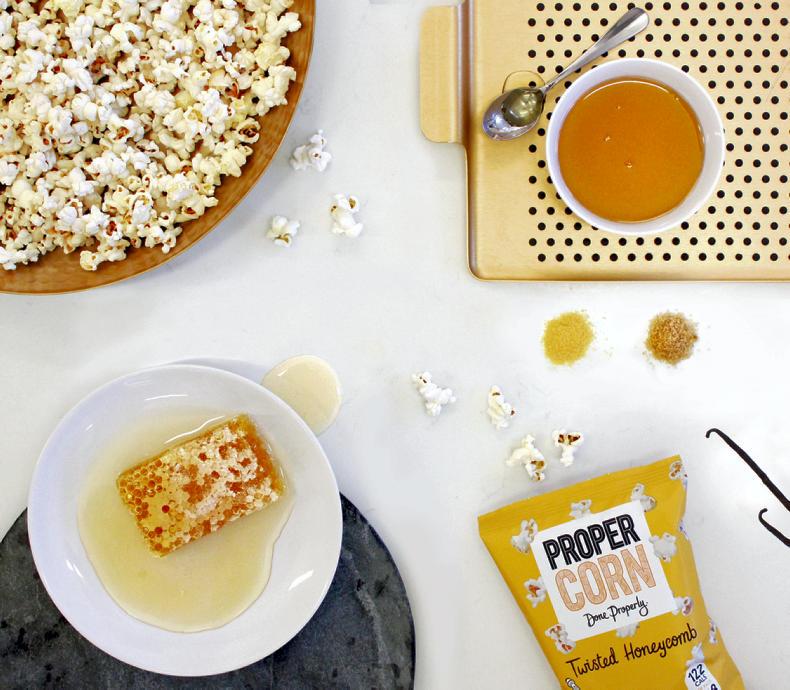Feeding a family can be a daunting task. You want to be inventive and provide meals that are appetising and attractive. You want to budget the money available in the best possible way. Flavours need to vary and the nutrition of growing bodies must be to the forefront.
When I was studying to be a farm home adviser in the Munster Institute in Cork, we were taught to plan meals for the week ahead and each week was to be different. Fish on Friday was one exception. I loved the idea of the weekly plan. When you are busy it is not always that easy and yet that’s just the time when you need a plan. It removes the big question of: “What will I give them for supper?”
Having been to boarding school where it was mince on Monday, steak and muck on Tuesday, bangers and mash on Wednesday, meat balls in a pot on Thursday and a piece of overcooked haddock on Friday, the week was over planned. Bacon and cabbage was Saturday’s fare and sometimes we had chicken on Sunday. It rarely changed. Desserts were of the pudding variety; rice, tapioca and semolina. Bread pudding also appeared.
We were well fed and looked healthy but the constant repetition of the same things on the same days made meal times very boring. With a little imagination and the addition of herbs and spices, it could have been a lot nicer. So the plan must vary.
Allergies and intolerances
The world of food was very simple back then. It was wholesome and unprocessed. There was very little talk of allergies or intolerances. Presumably they did exist. People must have suffered on or followed their own instincts. For some years now, our son Diarmuid has been on a renal diet. He has adapted to it really well. Salt was removed from the table overnight and the rest of us got used to it very quickly. Last year Philip was diagnosed with a gluten intolerance and he had to get used to that.
In terms of cooking for him, I knew exactly what foods to exclude. In general, I keep most main courses gluten-free and I get on with it. But I wanted to learn more. A few weeks back, I saw a gluten-free cookery afternoon advertised in Ballymaloe Cookery School. I told Philip and the two of us decided to attend.
There is something magical about going to Ballymaloe in east Cork and there is a strong feeling of authenticity about the information. Part of it comes from the amount of research that the Allen family have put into everything that they do. They keep at it.
I wondered if Darina would be there on a Saturday afternoon. I shouldn’t have wondered. Not only was she there, she did a formal welcome and introduction to the subject. Her first introduction to coeliac disease and gluten intolerance was 30 years ago when a girl contacted her who wanted to do the 12-week cookery course.
She explained that she was coeliac. Darina assured her that it wasn’t a problem even though she hadn’t a notion what it meant. Then Darina investigated and went on to publish a book in 2004 called Healthy Gluten-Free Eating. That’s what I mean by authenticity and research.
Demonstration time
Once we were comfortably seated, Darina introduced Pamela who would give the demonstration and her assistant Tracy. Everything was ready and prepared. She covered a huge number of recipes in the three hours and was constantly giving us tips.
The room was full with people who were gluten intolerant or those who cooked for them. Pamela, with her obvious passion for food, told us that she loves drama in cookery, adding chocolate curls higher and higher on a chocolate cake! She had a great enthusiasm for her subject, making it all very logical and manageable.
One of the things highlighted was that there is quite an amount of hidden gluten that can trip us cooks up. Pamela was fulsome in her praise for the Coeliac Society website. She encouraged us to always check if in doubt about ingredients. Only those foods on the certified list are absolutely safe.
Apparently some takeaway coffees contain gluten. Some inferior brands of ground almonds can be bulked up with gluten fillers too. This made Philip and I exchange “eureka moment” glances. At Christmas time, Philip asked me to make a pudding and some mince pies for him. He didn’t mind about the other stuff. I took great care with two puddings for him.
We didn’t get around to having pudding until Stephen’s day. After eating a portion of pudding, within minutes, Philip said: “Mom, was there gluten in that?” I was incredulous and so sorry. I couldn’t believe that I’d made a mistake. The glutinous ingredient would be the flour, breadcrumbs, stout and whiskey. I knew that I hadn’t made a mistake with any of those. I doubted myself, could I have used whiskey instead of brandy? It remained a mystery until that moment. It had to be the almonds!
New enthusiasm
I came home with a new enthusiasm for gluten-free cooking, both at home and in school. There was lots of practical advice, such as doing the gluten-free baking early in the morning before other flour gets into the air.
Wooden chopping boards can hold gluten so a plastic one is better. It is not necessary to knead gluten-free bread because it’s never going to rise anyway! I’m now more aware about my ingredient purchases and empowered to be more adventurous with my cooking for Philip. Thank you Ballymaloe!








![George Lamb: ‘we have to find the sweet spot [in agriculture]’](https://s3-eu-west-1.amazonaws.com/ifj/WEBFILES/000/867/584/2372033-867584.jpg)



SHARING OPTIONS